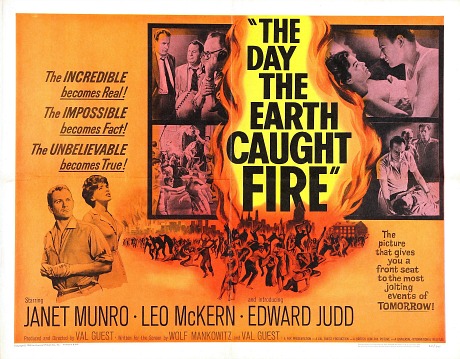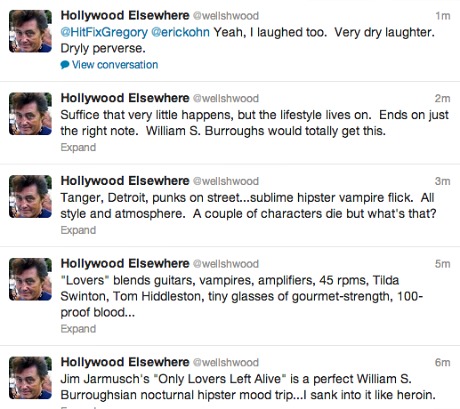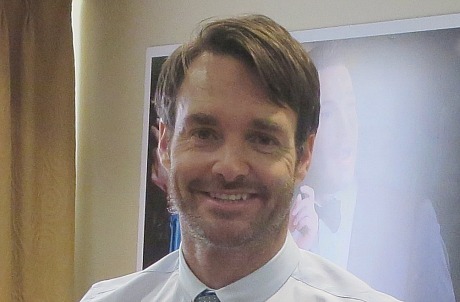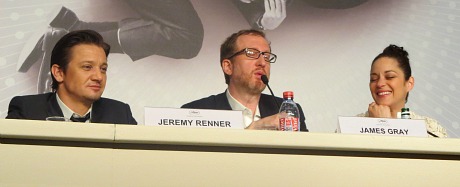I’ve been coming to Paris in late May (i.e, post-Cannes) off and on for a good 10 or 12 years, and it’s never felt this chilly. Why does it feel like effing mid-October or mid-March? Last night I had to wear a sweater, a scarf and an extra T-shirt for warmth. Two years ago at this time it was a good 15 or 20 degrees warmer. Summery weather, T-shirts, warm all over, gentle balmy evenings. It’s surreal to be experiencing mid-fall or late-winter temperatures.











